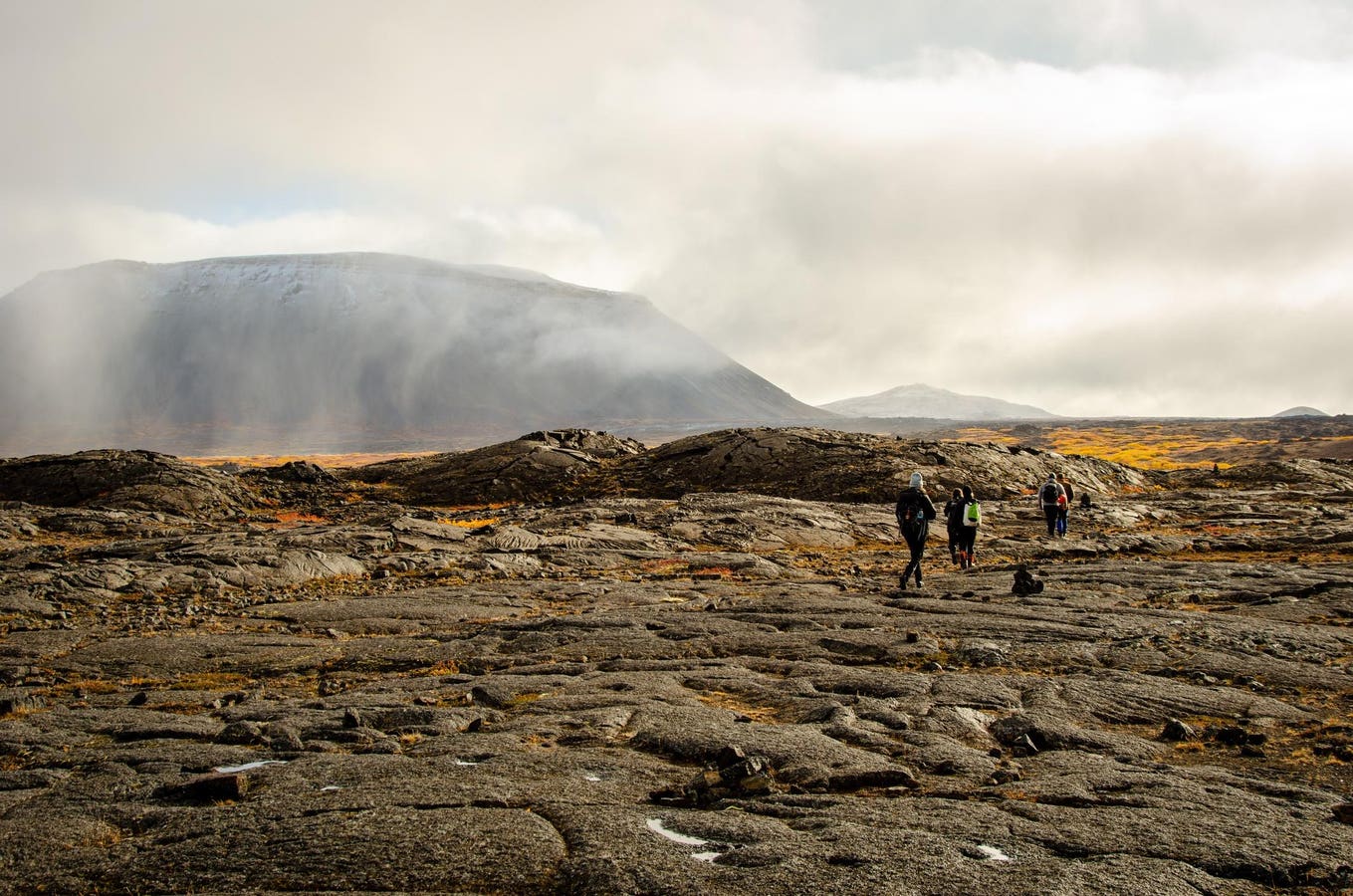There are likely two great universal truths about astrobiology. Most life in the universe is expected to be unicellular (single-celled). And just because a certain region of a planet or moon is habitable doesn’t mean it’s inhabited.
Even so, there’s a whole new generation of geomicrobiologists who are plying the mineralogy of lava tubes and caves the world over in hopes of understanding how microbial life can flourish without light in the most inhospitable of conditions. Conditions that approach those of present day Mars.
Just last month at a conference entitled ‘Life in the Sub-Surface,’ finding potential mineralogical analogs of Mars life in lava tubes here on Earth was a hot button topic. On the far flung mid-Atlantic island of Terceira in the Azores archipelago, a few dozen astrobiologists gathered to listen to the latest findings on how best to use volcanic lava tubes here on Earth as test beds for the search for life offworld.
In fact, astrobiologists are heading underground in increasing numbers in an effort to better understand how life can begin in arid, highly acidic, cold, closed systems, with few nutrients and in complete darkness. What they are learning will eventually be used when the major space agencies begin exploring Mars’ underground lava tubes for signs of past or possibly even present life.
In the beginning, we didn’t really know what we were looking for in these caves, Nina Kopacz, an astrobiologist at the University of Utrecht in The Netherlands, told me at the conference. As we’ve gone into more caves, we’re now more trained in what to look for, Kopacz told me.
Looking At Subsurface Mineralogy In Iceland
In Iceland, we went to two different lava fields in the north in the south, and we went to four different caves there, says Kopacz. We’ve also done fieldwork here in the Azores here, she says.
Kopacz and colleagues are specifically interested in speleothems, secondary mineral deposits that form in caves. Although many such mineral deposits are the product of mere chemistry and geology, some of these secondary mineral deposits may have been formed with and influenced by living microbes.
Kopacz recently finished her doctoral thesis which explored how copper-rich minerals are linked to bacterial diversity in Icelandic lava tubes. Specifically, Kopacz and colleagues look for speleothems that can be formed with the help of microbes.
Speleothems are the minerals that precipitate out after the lava tube is formed, says Kopacz. And some of these are blue, green and copper rich, she says.
Speleothems Can Form With Or Without Microbes
The ones that are formed by microbes could be considered biosignatures because they would not be there if not for the microbes, says Kopacz. But we do not find conclusive evidence that the copper precipitates are formed with the help of the microbes, she says. All we can say from our results is that there could be a more complex relationship between the mineral deposits and the microbes inhabiting them, says Kopacz.
Kopacz is still hopeful about these speleothems’ potential as biosignatures of life.
What’s fun about these mineral biosignatures is that you’re not really looking at the life that made them, says Kopacz. Microbes or bacteria on Mars could be totally different; they might have a molecule that’s similar to DNA, but that’s not DNA, she says.
When we look for life, we look for DNA and for the molecules that we know, says Kopacz. But if we look at these speleothems, we don’t have to analyze the life; we are just analyzing the sort of product that that life left behind, she says.
Finding Life On Mars
If found in Martian lava tubes, blue copper-rich mineral precipitates would be deserving of astrobiological investigation, as they have potential to preserve biosignatures over long geological timescales and harbor life, Kopacz noted in her conference presentation.
Thus far, the lava tubes that have been spotted on mars are likely much too young to have harbored any sort of life because they’re not in places where water would have been present, Ernst Hauber, a planetary geologist at the German Aerospace Center, told me at the conference.
The oldest existing lava tubes, says Hauber, are likely deep beneath Mars’ surface and are inaccessible. Instead, he says, we should be looking in spots where Martian lava tubes may have emerged on the surface after being excavated by surface impactors or via mud volcanism, a kind of sedimentary volcanism.
As for finding signatures of life in a cave on Mars?
We just don’t know; we don’t even know how the origin of life happened on Earth, says Kopacz. So, we really don’t know if it happened on Mars, she says.
Read the full article here





